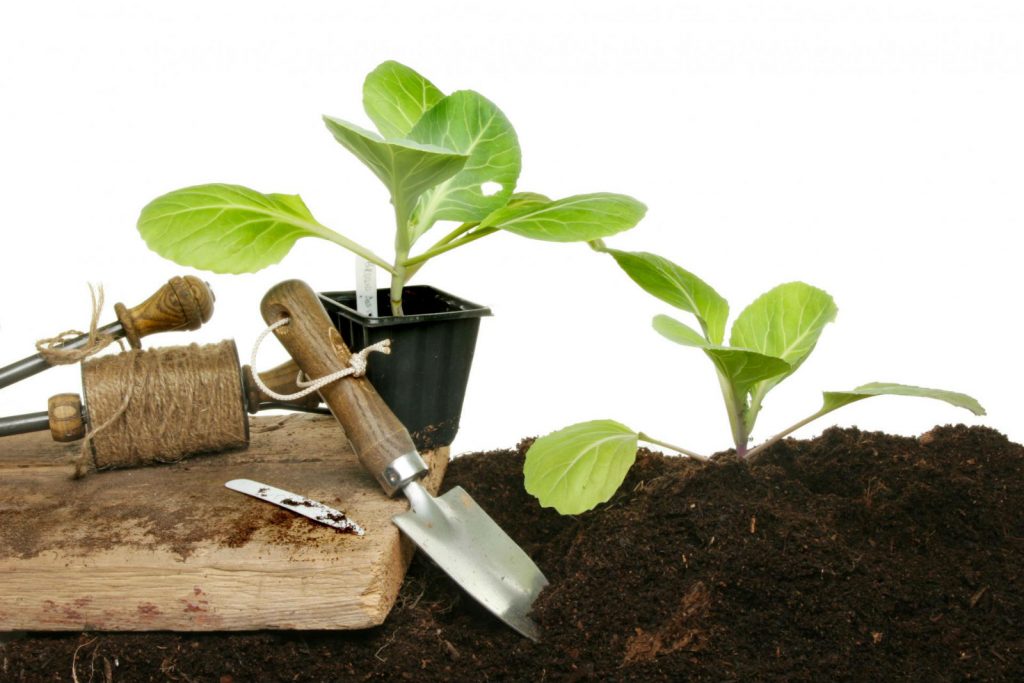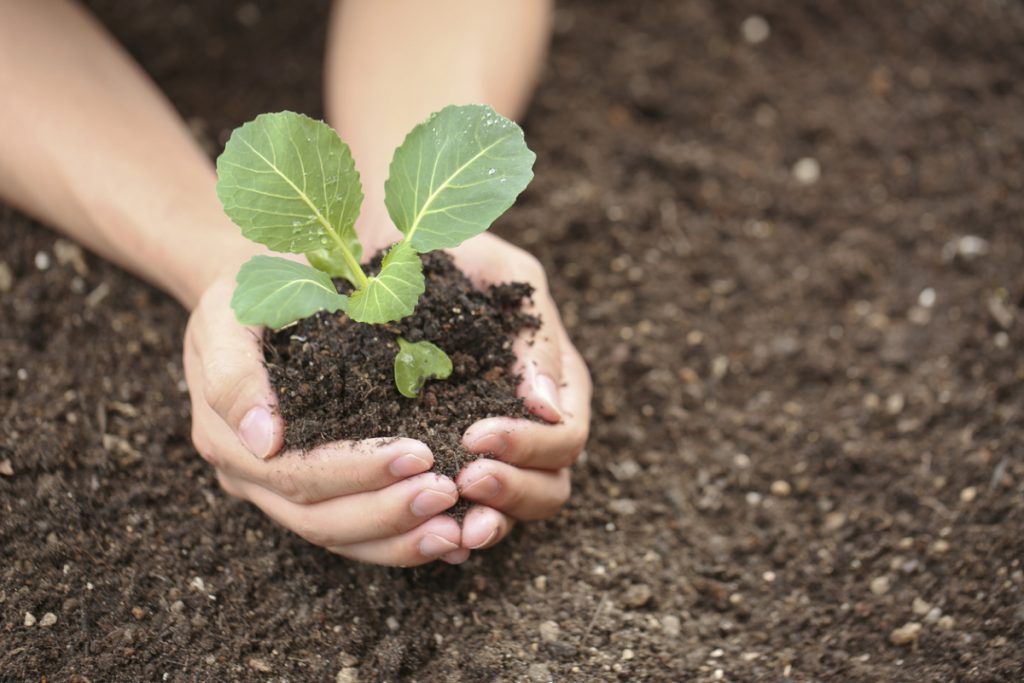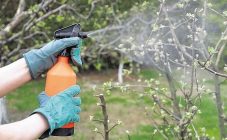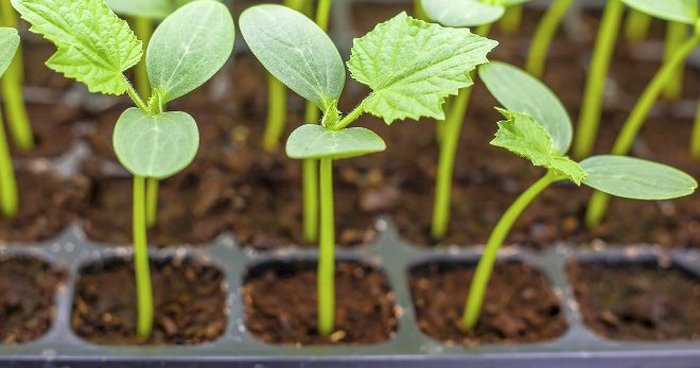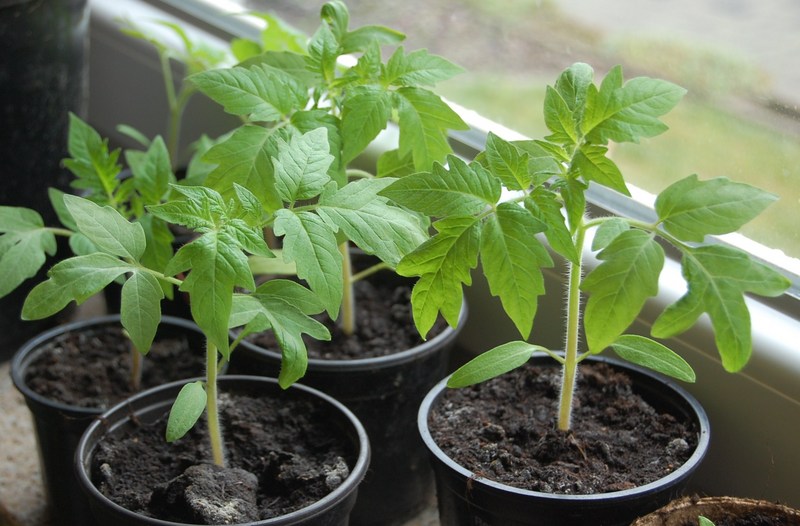Growing cabbage seedlings yourself at home is a real opportunity to get a generous and early harvest. Through seedlings, you can grow not only white cabbage, but cauliflower, and broccoli.
When to plant and how to care for seedlings
Growing cabbage seedlings requires proper lighting, temperature and humidity. This is the key to success. Seeds must be sown no later than March 20. If sowing is done every 10 days, it will be possible to get a harvest from early to late. It will ripen gradually, which will simplify the harvesting process.
To obtain strong shoots, the seeds must first be checked for germination. To do this, they are placed in a container with water for 20 - 30 minutes. Seeds suitable for germinating seedlings will sink to the bottom during this time, those that remain on the surface of the water are not suitable for sowing.
To disinfect seeds, they can be soaked in solutions such as Fitosporin or Baktofit.
After that, the seeds are dried on gauze or cloth. The seed material prepared in this way can be sown on seedlings in the soil mixture. It is better to prepare it yourself by mixing equal amounts of sand, peat and fertile soil.
Do not forget that the soil mixture needs to be disinfected. Thus, it will be possible to prevent infection of seedlings with a black leg or other diseases, the pathogens of which are located in wet or damp soil. To do this, it must be calcined in a hot frying pan or in the oven.
You can increase soil fertility by adding chalk or wood ash, superphosphate or dolomite flour. To do this, add 1 tbsp to the bucket of soil. l. additives and mix thoroughly. The prepared nutritional mixture is placed in shallow containers. You can use plastic cups or boxes with a wall height of no more than 7 cm.
It is necessary to make grooves in the soil, the depth of which does not exceed 2.5 cm, and the distance between them should be within 1 - 1.5 cm. The seeds must be planted at a distance of 1.5 cm from each other. It is better to place containers with soil in a bright and warm place, for example, on a windowsill. The room temperature should be between 19 - 24 degrees.
To speed up the seed entry process, the containers should be covered with transparent plastic wrap. In this case, the first shoots will appear on the 4th - 5th day. The film can then be removed. When the first 2 leaves grow on the seedlings, it is recommended to sprinkle the aisles with peat.
After 10 days, the seedlings need to be dived. Each small plant must be planted in a separate container. If the cabbage is not planted, it will stretch out and be weak. When using plastic cups for planting, holes must be made in their bottom through which excess liquid will come out of the soil when watering. The containers are filled with the same nutrient mixture as for planting seeds. In order not to damage the root system, the soil must be well watered before planting. Otherwise, the seedlings will not grow well or may die.
After the pick, the air temperature in the room should be within 15 - 19 degrees. Only after the cabbage seedlings take root well and get stronger, the temperature regime changes and is brought to 10 degrees.
Watering the seedlings is necessary as the soil dries up. For this, settled water is used, the temperature of which is in the range of 18 - 20 degrees.
An important point is the hardening of the seedlings. For this, containers with plants are taken out into the street. For the first times, the hardening time should not exceed 1 hour. Gradually, the time spent on the street seedlings increases and is brought to 7 hours.
For the cabbage seedlings to be strong, they need to be fed. It is necessary to apply fertilizers twice: 3 days after the dive, and then immediately before planting in open ground.
Ploho cabbage seedlings grow, what to do?
There may be several reasons why cabbage grows poorly. Among the most important are the following:
- Bad soil. Experienced gardeners know that if the soil has a high pH level, cabbage will grow very poorly on it. There will be only a few leaves on the formed head. The cabbage will look like a bouquet. It is possible to reduce acidity by liming the earth. It is also important what crops were grown on the site before cabbage. If buttercup, mint, sorrel, or plantain have been growing on it, the soil will have a high pH.
- Not enough light. If a large number of seeds are planted in a small container, the grown seedlings will shade each other. Often, gardeners try to plant as many cabbage seedlings as possible in a small area. This will also limit the uniform supply of sunlight to all plants. In order to save the harvest, it is necessary to dilute the planting. Tall neighbors such as sunflowers or corn can also shade the area where cabbage grows.
- High air temperature. Gardeners cannot understand: why healthy seedlings quickly turn yellow and disappear during hot summer? This problem can only be eliminated by performing proper watering.
- Late watering. We can say that this is the main reason for the death or slow growth of cabbage seedlings. It should be noted that waterlogged soil can also affect the growth of seedlings. In this case, the root system will simply rot.
- Lack of nutrients. Seedlings can grow weak due to mineral starvation. It is necessary to feed the plants during the period of their active growth. To do this, you can use a drug such as Kemira Kombi. It has a cumulative effect. You can also fertilize cabbage by sprinkling it with boron and magnesium, iodine and superphosphate, which dissolve in water.
- Pests. Among the most common cabbage pests are fleas, cabbage moth, cabbage, aphids and others. Each of the insects causes the plant to rot and die. If the signs of decay are already clearly visible, the plant will have to be disposed of. If the disease is at an early stage, you can try spraying. To do this, you can use solutions such as calcium arsenate, tobacco infusion or soapy water.
Diseases can also threaten cabbage: downy mildew, white rot, gray rot. To get rid of them, it is recommended to water cabbage seedlings with copper sulfate. You can also use ready-made products (Belofos, Talkord, Anometrin, Etaphos, Cyanox).
If cabbage seedlings grow slowly, become weak, and its leaves turn yellow, it is necessary first of all to establish the cause of this problem. Only in this case will it be possible to quickly eliminate it. The conditions in which the seedlings are grown are equally important: lighting, watering, temperature conditions.Having figured out what to do if cabbage seedlings do not grow, you can take action in time and harvest a good harvest.
